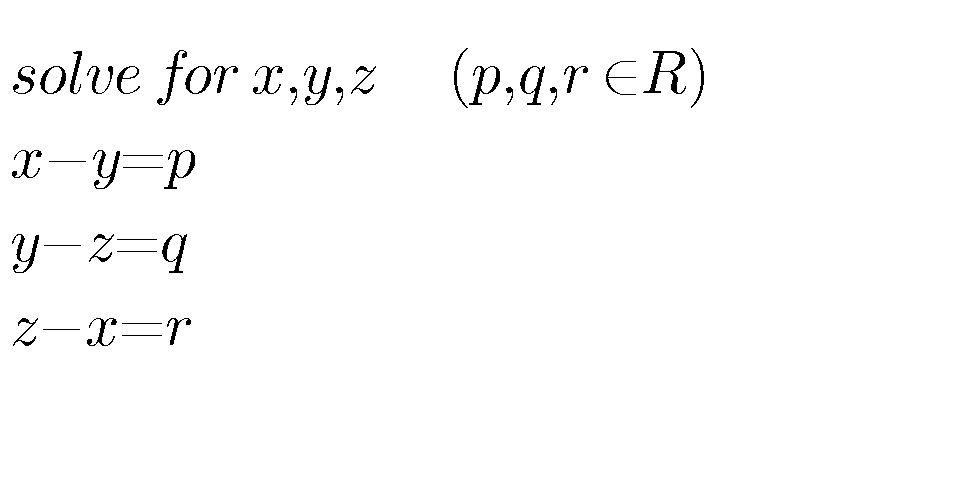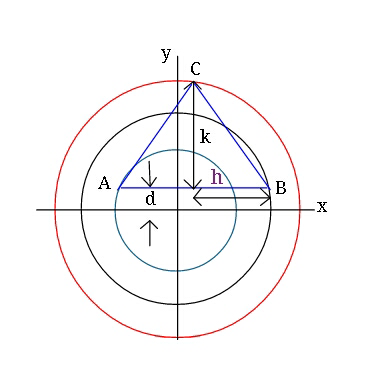
AllQuestion and Answers: Page 1931
Question Number 16047 Answers: 0 Comments: 1
Question Number 16078 Answers: 0 Comments: 0

Question Number 16044 Answers: 1 Comments: 1
Question Number 16079 Answers: 1 Comments: 1
Question Number 16041 Answers: 1 Comments: 0
Question Number 16039 Answers: 0 Comments: 4

Question Number 16037 Answers: 0 Comments: 1

Question Number 16032 Answers: 0 Comments: 0

Question Number 16029 Answers: 0 Comments: 1

Question Number 16027 Answers: 0 Comments: 0

Question Number 16015 Answers: 1 Comments: 1
Question Number 16014 Answers: 1 Comments: 0
Question Number 16012 Answers: 0 Comments: 2
Question Number 16000 Answers: 2 Comments: 0

Question Number 15999 Answers: 1 Comments: 0
Question Number 15993 Answers: 1 Comments: 1

Question Number 15987 Answers: 1 Comments: 1

Question Number 15982 Answers: 0 Comments: 3

Question Number 15975 Answers: 1 Comments: 1
Question Number 15972 Answers: 0 Comments: 1
$$\int\mathrm{tan}^{\mathrm{2}} \mathrm{x}\:\mathrm{sec}\:\mathrm{x}\:\mathrm{dx}\: \\ $$
Question Number 15971 Answers: 0 Comments: 1

Question Number 15969 Answers: 0 Comments: 17

Question Number 15967 Answers: 1 Comments: 1
Question Number 15961 Answers: 0 Comments: 5
Question Number 15955 Answers: 0 Comments: 2
Question Number 15948 Answers: 1 Comments: 1

Pg 1926 Pg 1927 Pg 1928 Pg 1929 Pg 1930 Pg 1931 Pg 1932 Pg 1933 Pg 1934 Pg 1935
